When it comes to popular gym exercises, the bench press undoubtedly ranks among the most iconic. It's a cornerstone of strength training programs, serving as a key exercise for building upper body muscle mass and gauging raw pushing power. However, as you venture into the realm of heavier weights at the gym, you'll likely notice a common sight: many lifters meticulously wrapping their wrists before even approaching the bench. This practice raises a frequently asked question: Do wrist wraps genuinely offer benefits for bench pressing?
In this blog, we'll embark on an in-depth exploration of wrist wraps. We'll uncover what they are, how they influence your bench press performance, who can benefit most from using them, and the most effective ways to incorporate them into your routine. Let's dissect every aspect in detail.
What Are Wrist Wraps?
Before delving into their functionality, it's crucial to clearly define what wrist wraps are—and, just as importantly, what they aren't.
Wrist wraps are robust, often elastic bands of fabric engineered to snugly encircle your wrists. Their primary function is to offer external support by restricting excessive wrist extension, which is the backward bending of the wrist. By doing so, they play a vital role in stabilizing the wrist joint during heavy lifting sessions. Available in a range of lengths, typically spanning from 12 to 36 inches, and varying in stiffness levels, wrist wraps can be tailored to meet individual needs.
It's essential to distinguish wrist wraps from wrist straps. While wrist straps enhance your grip, aiding in holding onto the barbell during pulling exercises such as deadlifts, wrist wraps are specifically designed to safeguard and stabilize the wrist joint during pressing movements, including the bench press and overhead press.
The Role of the Wrists During Bench Press
At first glance, it's easy to assume that the bench press is solely about engaging the chest, shoulders, and triceps—and to a large extent, that's accurate. However, your wrists also play a pivotal yet often overlooked role in this exercise.
When you lower the bar during a bench press, your wrists bear a substantial amount of the load. For optimal performance and safety, your wrists should maintain a neutral, slightly extended position. This alignment ensures a strong connection between your forearm and hand, facilitating the efficient transfer of force from your body to the barbell.
Nonetheless, many lifters, especially when handling heavy weights, allow their wrists to bend excessively backward. This improper wrist extension not only places undue stress on the joint but can also, over time, lead to a range of issues including wrist pain, inflammation, and more serious injuries such as ligament sprains or tendonitis.
Maintaining proper wrist positioning isn't just about injury prevention; it's also a critical factor in maximizing your bench press performance.
How Wrist Wraps Help During the Bench Press
This is where wrist wraps truly shine:
Stabilization of the Wrist
By securely fastening around your wrists, wrist wraps limit excessive bending. This stabilization ensures that your wrists remain in the correct alignment throughout the entire bench press movement. As a result, you can focus your energy on pushing the weight with greater efficiency, without the distraction of wrist discomfort or instability.
Reduction of Discomfort and Pain
If you're already dealing with wrist soreness, whether it's the lingering effect of a past injury or the result of general strain from training, wrist wraps can act as a supportive brace. They help alleviate discomfort by redistributing some of the stress placed on the joints, providing much-needed relief during your workout.
Improvement of Force Transmission
When your wrist is properly aligned and stable, the force generated by your chest, shoulders, and triceps can be transmitted more directly to the barbell. This means less energy is wasted due to poor positioning, enabling you to execute stronger lifts and potentially achieve new personal bests.
Boost in Confidence Under Heavy Loads
Psychological factors play a significant role in strength training. Knowing that your wrists are well-supported can instill a greater sense of security and focus, particularly when you're attempting to lift personal record-breaking weights. This increased confidence can translate into better performance and more successful attempts at heavy lifts.
Pros and Cons of Wrist Wraps
Like any training tool, wrist wraps come with their own set of advantages and limitations. Let's take a balanced look at both sides:
Pros
- Enhanced Stability: Wrist wraps keep your wrists firmly locked in a strong, stable position, minimizing the risk of unwanted movement during lifts.
- Injury Prevention: By reducing the likelihood of hyperextension and excessive strain, they serve as a protective barrier for your wrist joints.
- Pain Relief: Ideal for individuals recovering from wrist injuries or those experiencing ongoing discomfort, wrist wraps can provide much-needed support and relief.
- Better Performance: With improved wrist alignment and stability, you can maintain better form, which often leads to the ability to lift heavier weights over time.
Cons
- Risk of Over-Reliance: Relying on wrist wraps for every single lift, even when using light weights, can potentially lead to weakened wrist stabilizer muscles in the long run.
- Not a Substitute for Proper Technique: While wrist wraps offer valuable support, they can't correct poor form or bad lifting habits. It's essential to master proper technique alongside using these wraps.
- Improper Use: If wrapped too tightly or incorrectly, wrist wraps can restrict blood flow, causing numbness or tingling, and may even hinder rather than enhance your performance.
Who Should Use Wrist Wraps?
Wrist wraps aren't a one-size-fits-all solution, but they can be extremely beneficial for specific groups of individuals:
Good Candidates for Wrist Wraps
- Heavy Lifters: If you regularly bench press weights that are 80% or more of your one-rep max, wrist wraps can provide essential protection and stability for your wrists during these intense sessions.
- Individuals with Prior Injuries: Those with a history of wrist sprains, tendonitis, or general joint instability can find significant relief and support by using wrist wraps during their workouts.
- Competitive Lifters: Powerlifters, strongman athletes, and bodybuilders often incorporate wrist wraps into their training and competition routines to optimize performance during meets or challenging training blocks.
Who Might Not Need Them
- Beginners: If you're new to strength training, it's advisable to focus first on learning proper bench press technique and gradually building up your natural wrist and forearm strength.
- Light-Weight Trainers: For those who primarily engage in high-rep, light-weight training, your wrists may not require the additional support that wrist wraps offer.
How to Choose and Use Wrist Wraps Correctly
Selecting the right wrist wraps and using them properly can make a world of difference in their effectiveness:
How to Choose
- Length: Shorter wrist wraps, ranging from 12 to 18 inches, are more convenient to put on and less cumbersome, making them a good choice for general training. Longer wraps, between 24 and 36 inches, provide more extensive support, ideal for heavy lifting.
- Stiffness: Softer wrist wraps allow for greater flexibility and range of motion, making them suitable for moderate-intensity training. Stiffer wraps, on the other hand, offer maximum support but may feel more restrictive, and are best suited for very heavy lifting.
How to Wrap
- Begin with your wrist in a neutral position.
- Start wrapping the wrist wrap slightly below the wrist joint, and work your way upward in overlapping layers.
- Ensure that the wrist joint is fully covered, but avoid wrapping too low, which could cover the palm, or too high, as this may limit hand movement.
- Secure the wrap tightly, but make sure it's firm without cutting off circulation.
Common Mistakes to Avoid
- Wrapping the wrist wrap too loosely, which will result in ineffective support.
- Wrapping it too tightly, potentially causing numbness, tingling, or restricted blood flow.
- Using wrist wraps for every single set, including warm-up sets, which can lead to over-reliance and muscle weakness.
Wrist Wraps Are a Tool, Not a Crutch
While wrist wraps can undoubtedly help you achieve higher numbers on the bench press, they should be used to complement, not replace, sound training practices.
Building natural wrist and forearm strength is fundamental for long-term progress and injury prevention. Incorporate exercises such as wrist curls, reverse wrist curls, farmer's carries, and grip training (using fat grips or thick bars, for example) into your routine.
Strong, healthy wrists will not only enhance your bench press performance but also improve your resilience across all upper-body lifting exercises.
Conclusion
So, do wrist wraps help with bench pressing?
Absolutely — when used correctly and appropriately. They provide valuable support, boost stability, and can make a big difference when you're chasing heavy numbers or dealing with wrist discomfort.
However, they aren't a shortcut to proper form or wrist strength. Wrist wraps should be seen as a supportive tool — one part of a comprehensive strength-building strategy.
If you're pushing heavier weights or dealing with wrist pain, wrist wraps can be a game-changer. Just remember to use them wisely, continue building your foundational strength, and enjoy the journey toward a stronger, more powerful bench press!
And if you're looking for high-quality, durable wrist wraps to support your training, check out our Chick-Active™ Wrist Wraps — built for strength, comfort, and maximum performance!

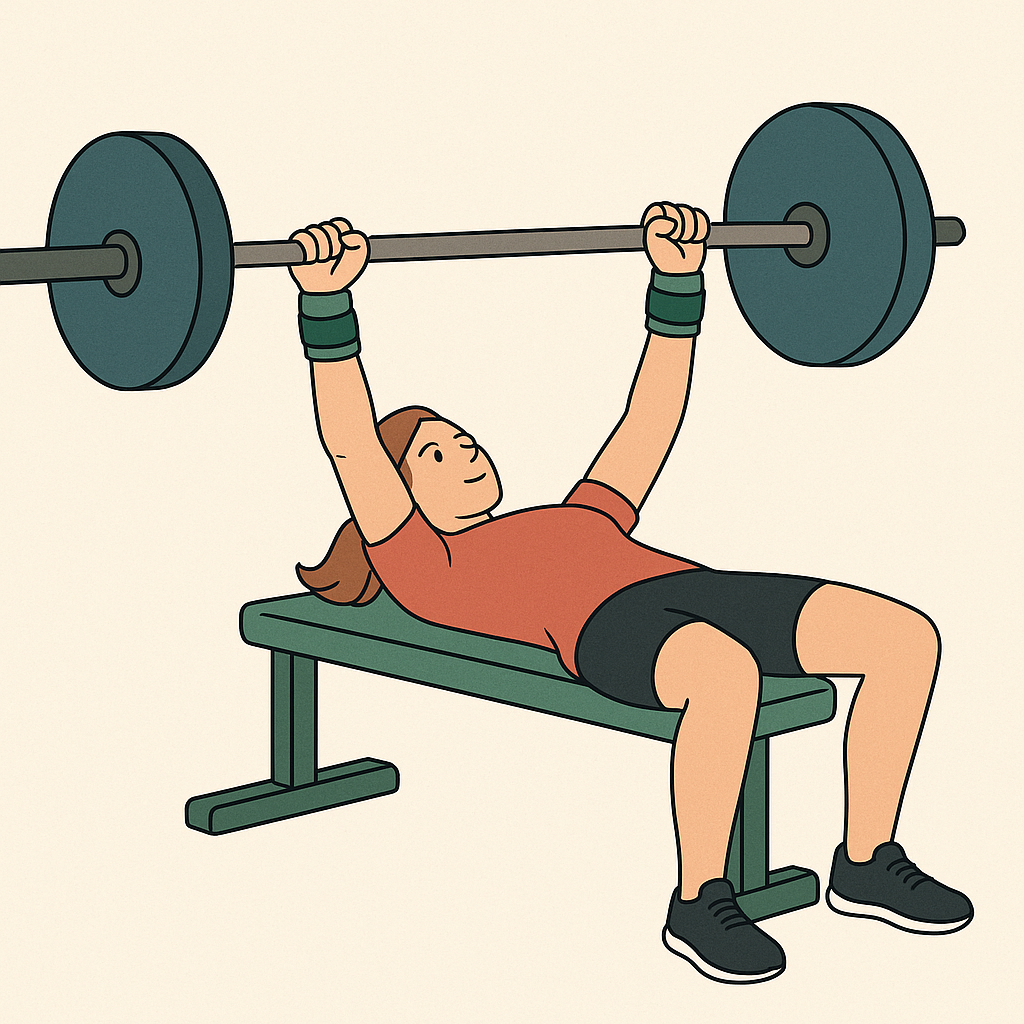
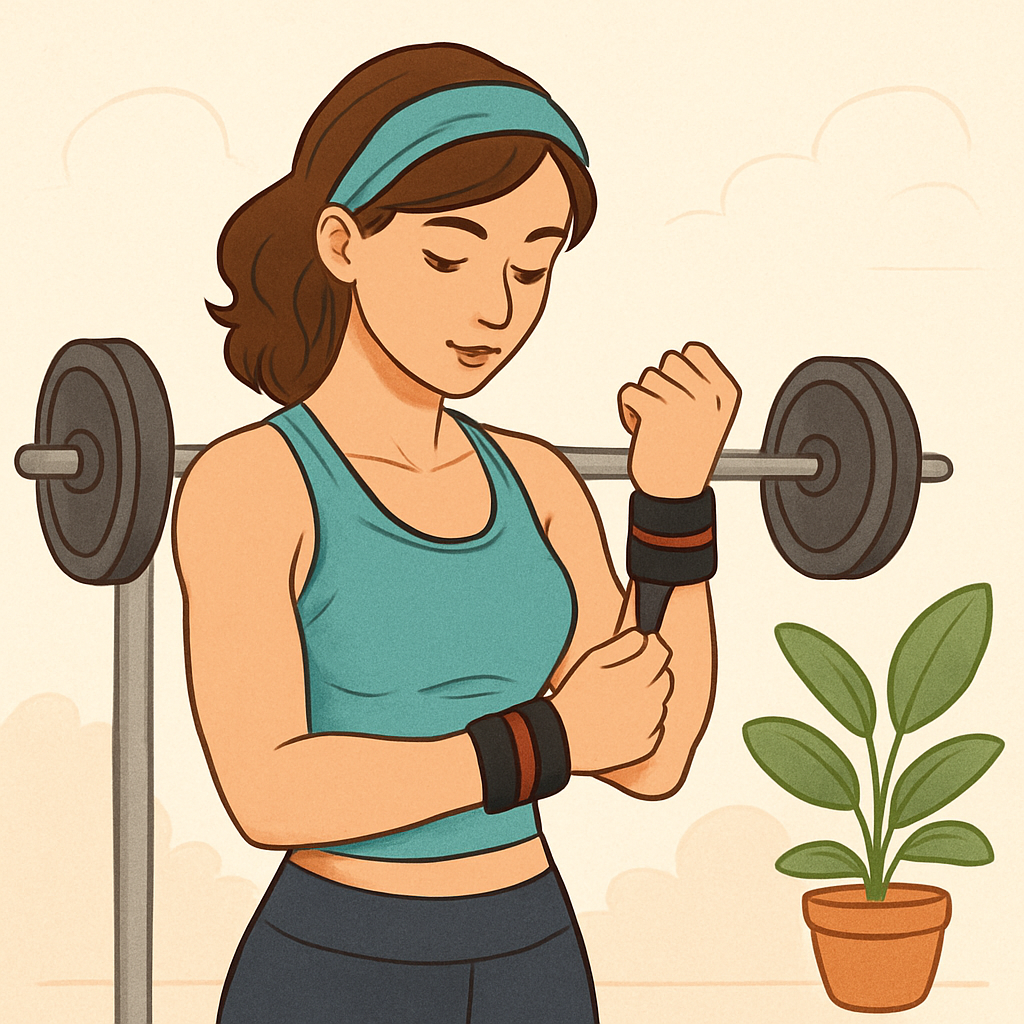
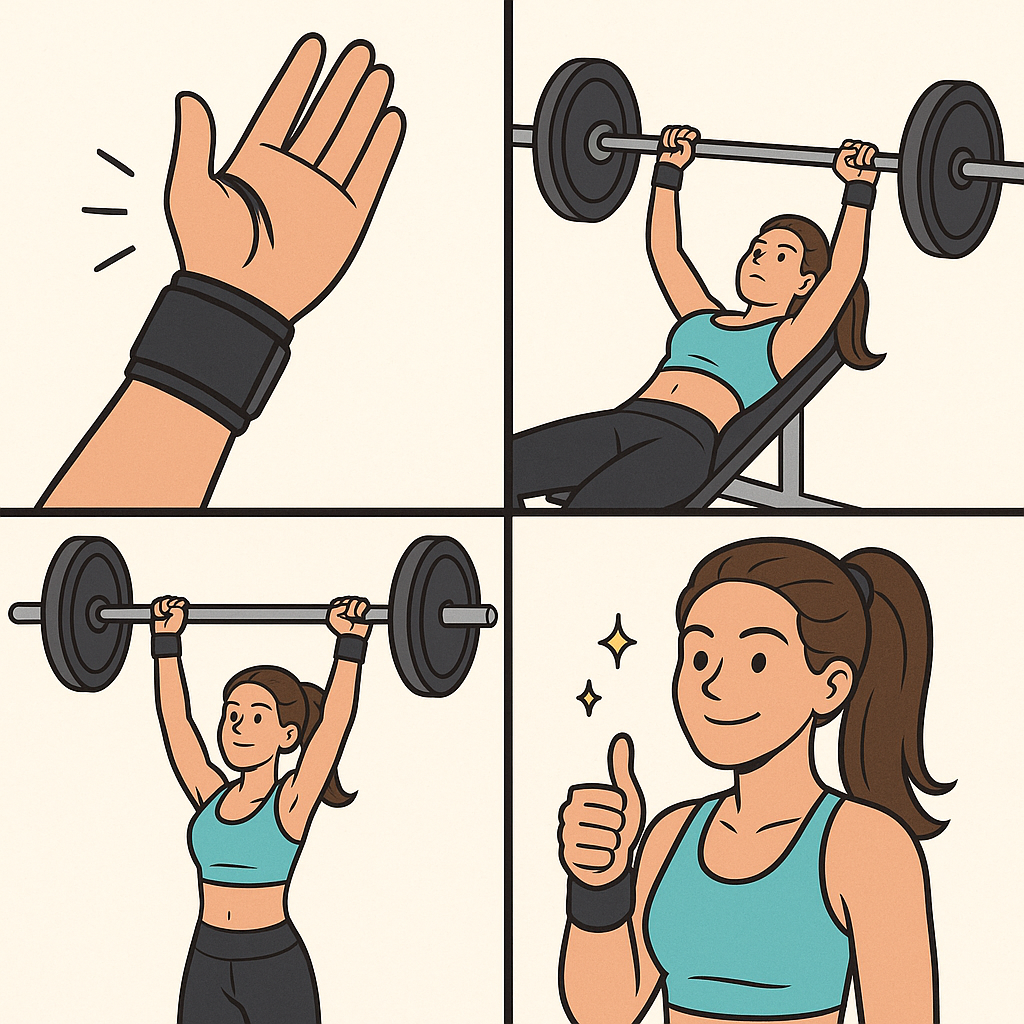
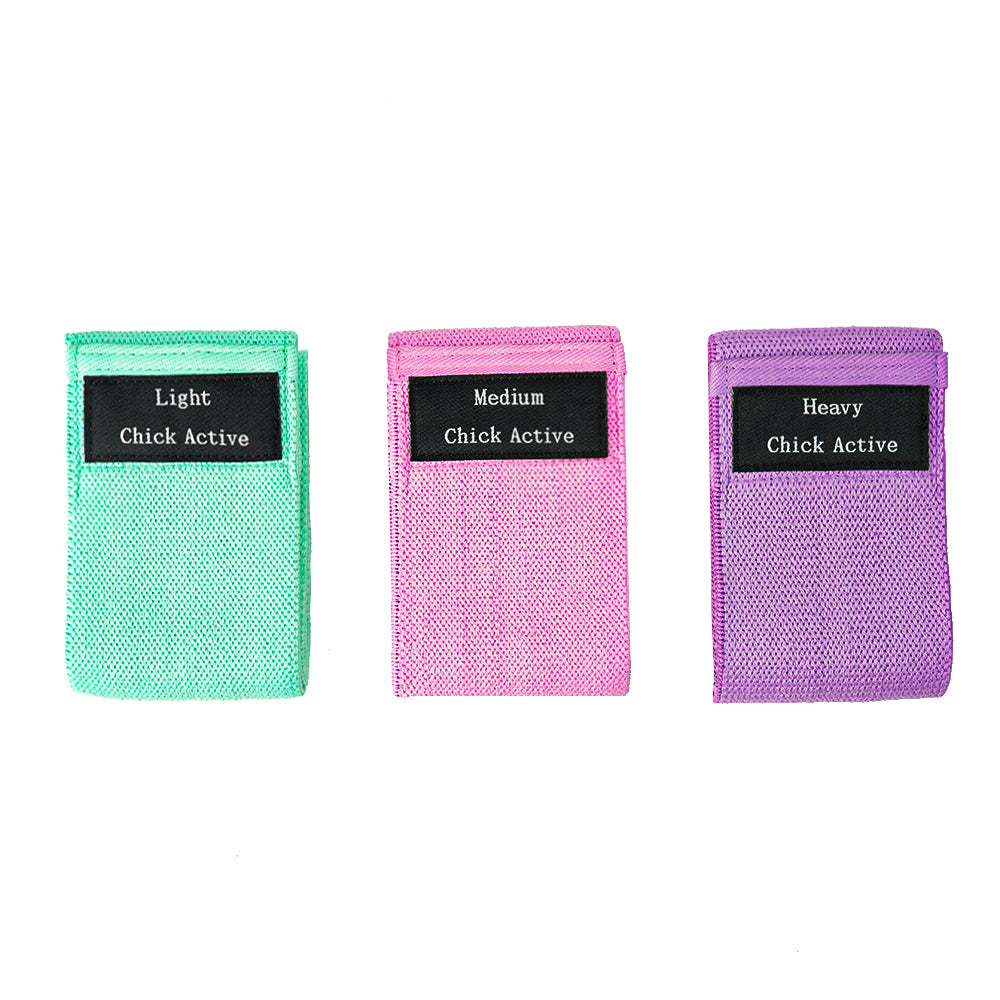
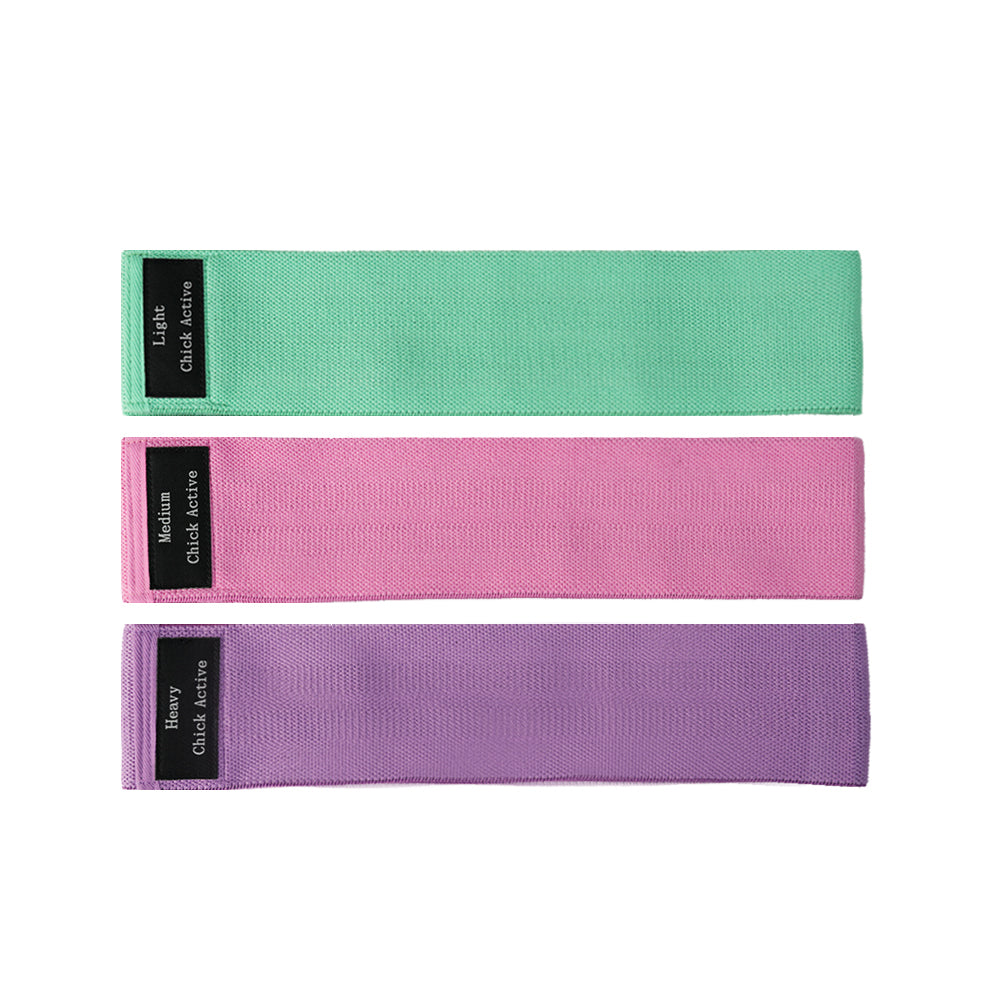


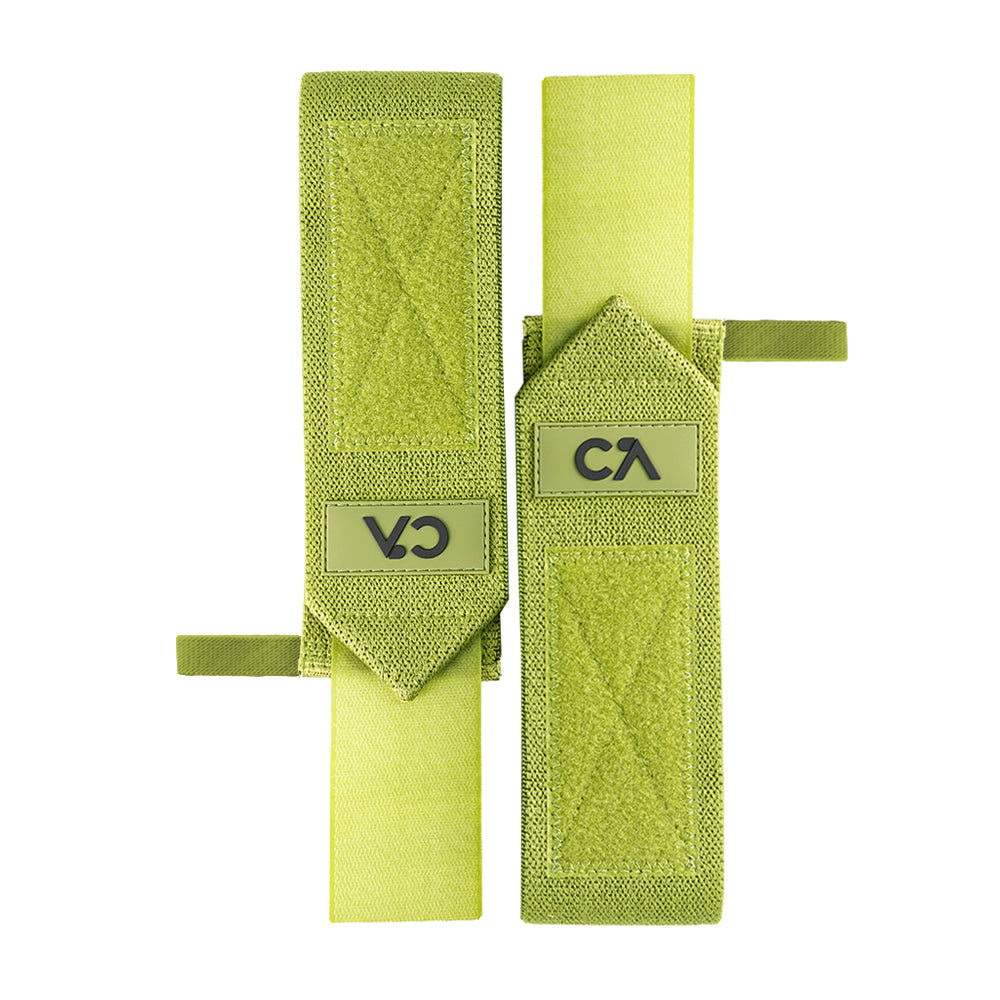
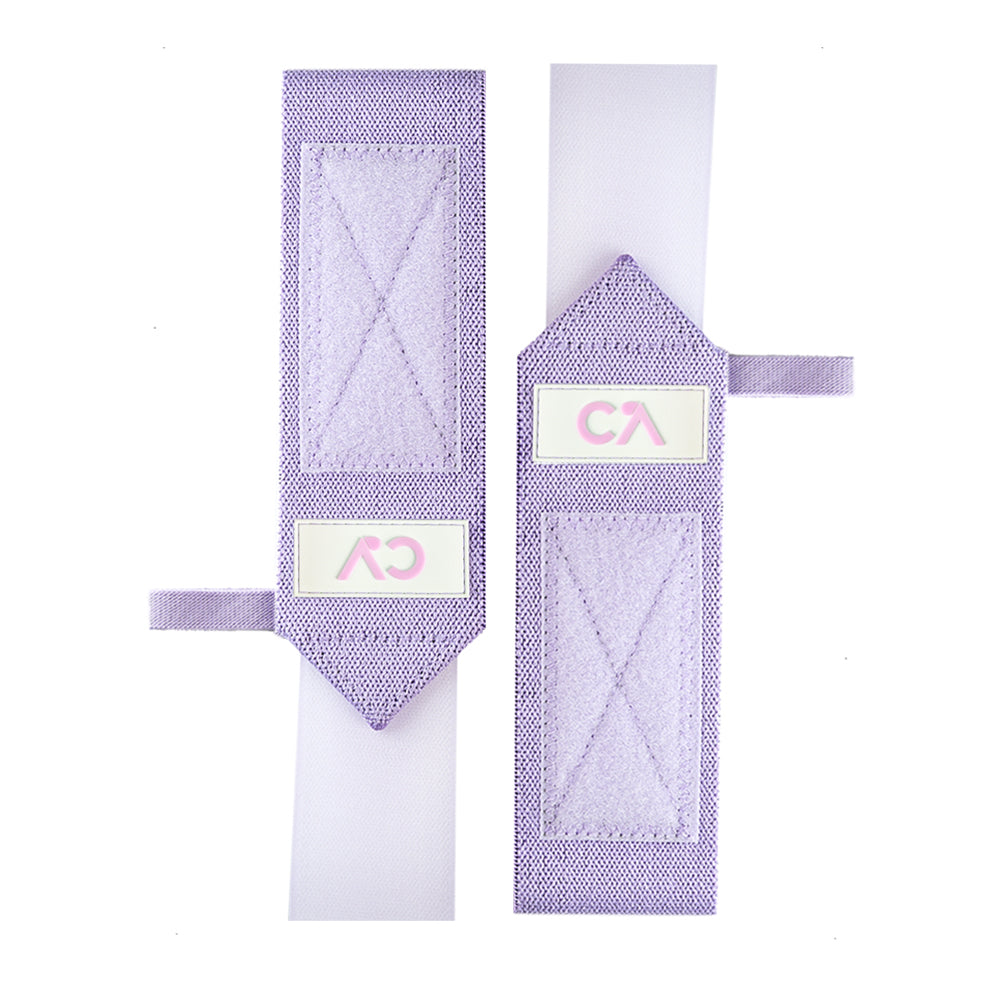
Leave a comment
All comments are moderated before being published.
This site is protected by hCaptcha and the hCaptcha Privacy Policy and Terms of Service apply.